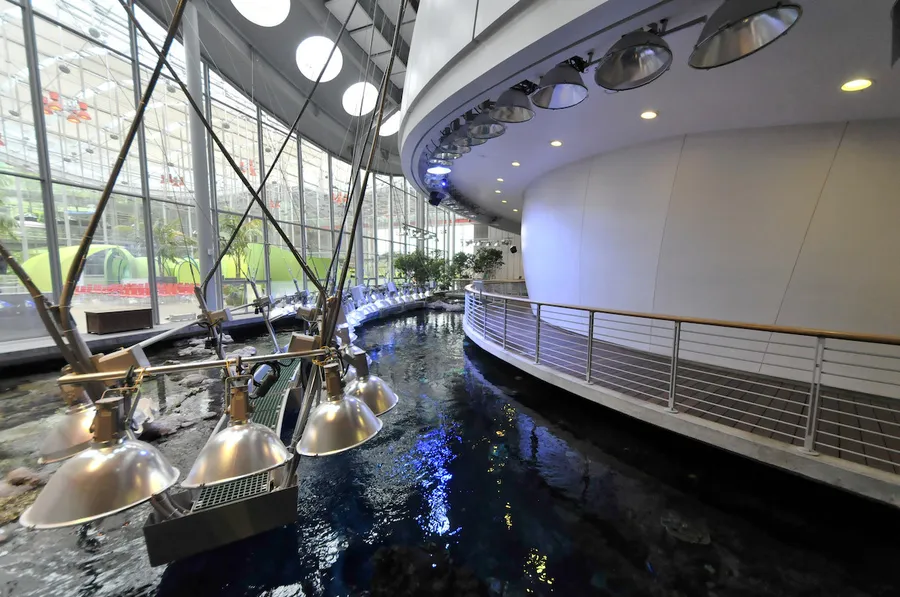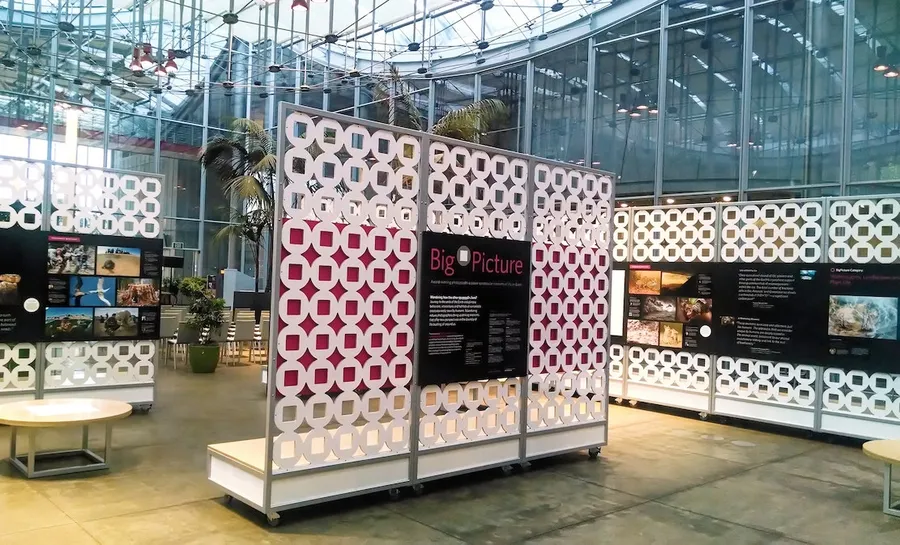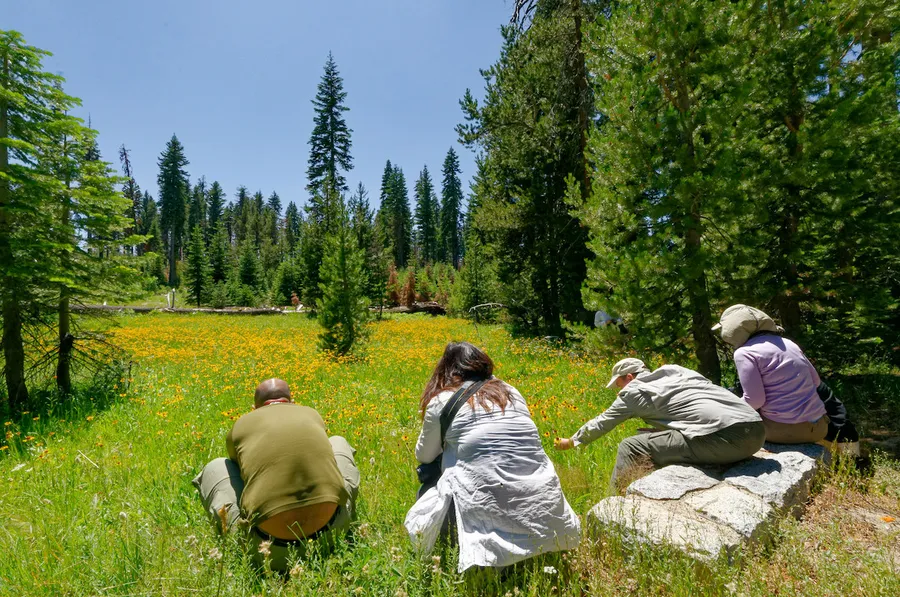Conservation Photography
Every Frame Tells A Story
Conservation Photography entails capturing images of the natural world, not just for humans, but as a communication tool for nature itself. It involves narrating stories through visuals and advocating for the natural world’s voice to be heard. For conservation photographers, the act of taking a picture marks only the beginning of their work. The true impact lies in how these images are put to use to drive change and ignite a passion for environmental stewardship in others.

Full Dome Immersions
During my tenure as the lecture manager at the California Academy of Sciences, I observed the public’s response to environmental education. Despite widespread acknowledgment of the global crisis, traditional messaging often failed to resonate. Many attendees expressed feeling shamed and overwhelmed by the lectures’ content, leading to disengagement and fatigue. Recognizing this trend, I turned to social psychology research on environmental communication. Collaborating with National Geographic photographers, we developed alternative storytelling frameworks to captivate audiences. Leveraging tools like the full dome planetarium, we crafted uplifting narratives focused on conservation efforts. By coaching photographers to convey these stories with passion and eloquence, we successfully inspired action among our audience, achieving remarkable results.

BigPicture Competition
Established in 2012, the BigPicture Natural World Photography Competition, now led by the California Academy of Sciences, has become a premier global nature photo contest. Ranked among the top 10 worldwide for three consecutive years, it surpasses names like National Geographic and Nikon. Offering over $17,000 in cash prizes annually, winners showcase their work at the museum each summer, gaining global recognition. As the founder, I conceived the idea and secured support from the Academy’s leadership, assembling a skilled team to drive the initiative. Collaborating closely, we launched the competition, attracting over 100,000 visitors yearly. My roles as founder and principal manager included concept development, team coordination, website and social media management, jury recruitment, system development, marketing, and content management.


